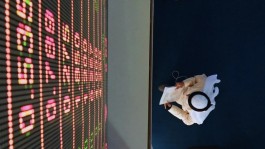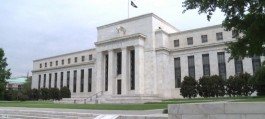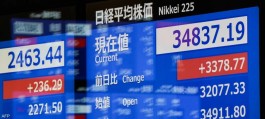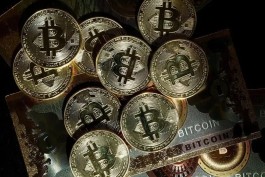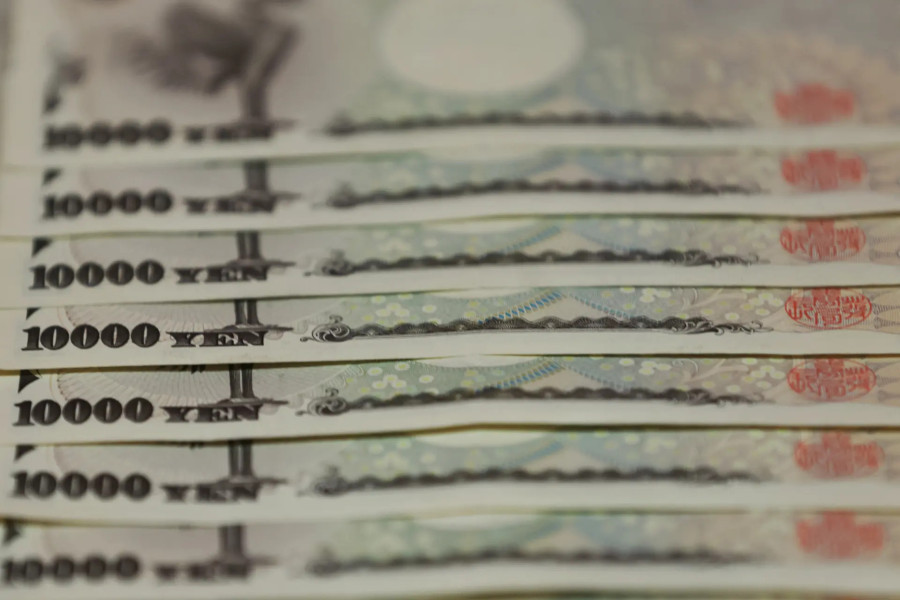The yen rose in the Asian market on Tuesday against a basket of global currencies, continuing its gains for the second day in a row against the US dollar, with continued recovery operations from the lowest level in two months, in addition to the currency’s positive reaction after an expected decision from the Bank of Japan at the conclusion of the first monetary policy meeting of the year. 2024.
The bank stuck to all of its ultra-easy monetary tools without any change, especially the negative interest rate, so that the bank remains the only one in the world that applies this type of interest rates, without providing any evidence about the possibilities of normalization this year.
The current rise in yen levels supports the continued slowdown in yields on ten-year US Treasury bonds, pending more evidence about the future path of interest rates in the United States.
Price view
Japanese yen exchange rate today
The dollar fell against the yen by about 0.2% to (147.85 yen), from the opening price of today’s trading at (148.09 yen), and recorded the highest level at (148.55 yen).
Yesterday, Monday, the yen achieved an increase of less than 0.1% against the dollar, the first gain in the last six days, as part of the recovery process from the lowest level in two months at 148.80 yen.
Central Bank of Japan
In line with expectations, the Bank of Japan decided on Tuesday not to make any changes to accommodative monetary policy tools, and to keep interest rates unchanged at the record level of minus 0.1%.
As for the government bond yield curve control (YCC) policy, the Bank of Japan decided to keep the ten-year government bond yield targets unchanged at the level of 0.00%, while keeping the maximum yield at the level of 1.0%.
The bank emphasized that it continues to control the government bond yield curve with greater flexibility up and down, and that the lower (0.00%) and upper (1.0%) limits for the yield serve as a reference point, and not as strict limits in open market operations.
The Bank of Japan said that it is currently appropriate to keep monetary policy unchanged, to support the economic recovery in the country, and stressed that it will continue to buy government bonds on a large scale, and made clear that it will not hesitate to take additional easing measures if necessary.
Economic forecasts
The Bank of Japan's quarterly economic outlook report sees a great deal of uncertainty about the Japanese economy and prices, and noted that the risks facing the world's third-largest economy remain generally balanced.
The report explained that the chances of achieving a sustainable inflation rate of 2% are gradually increasing, and monetary stimulus continues with the aim of adapting to developments, and any additional facilitative steps are possible if necessary.
The Board of Directors of the Bank of Japan expects average real GDP growth to decline to a rate of 1.8% for fiscal year 2023 from a rate of 2.0% expected last October.
As for inflation, the Bank of Japan maintained the core consumer price index forecast for the fiscal year 2023 at 2.8% according to previous expectations last October, reduced inflation expectations for the fiscal year 2024 to 2.4% from 2.8%, and raised inflation expectations for the fiscal year 2025 to 1.8% from 1.7%. .
US bond yield
The yield on ten-year US Treasury bonds fell on Tuesday by 0.4%, extending its losses for the third session in a row, moving away from the highest level in five weeks at 4.196%, which is putting negative pressure on the levels of the US dollar against a basket of currencies.
Other than profit-taking, the rise in US yields has stalled, awaiting more important economic data scheduled for release this week in Washington, which will provide a fresh pricing on the possibilities of a Federal Reserve interest rate cut.
The short-term interest rate futures market shows that traders are betting that US interest rate cuts will begin in May, with pricing in the odds of a March cut falling below 50%, down from around 80% in the first weeks of January.

















